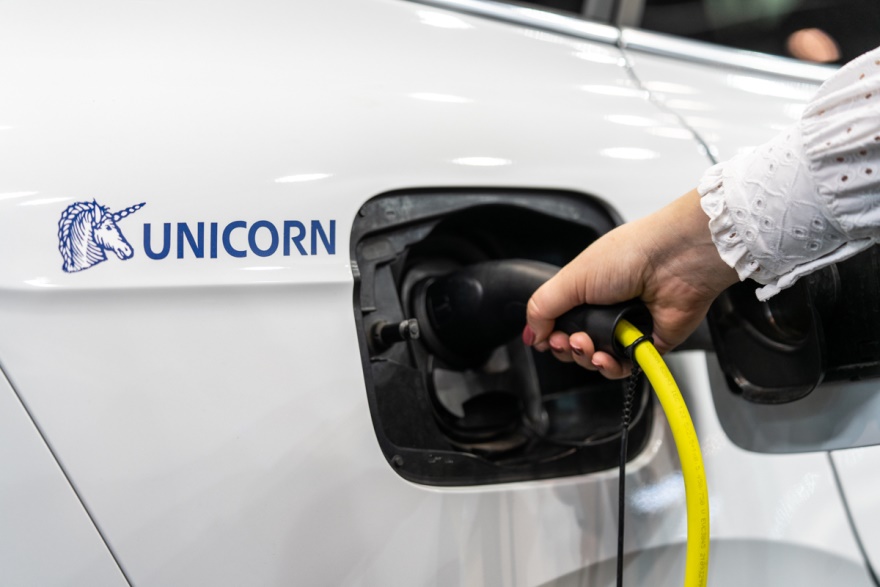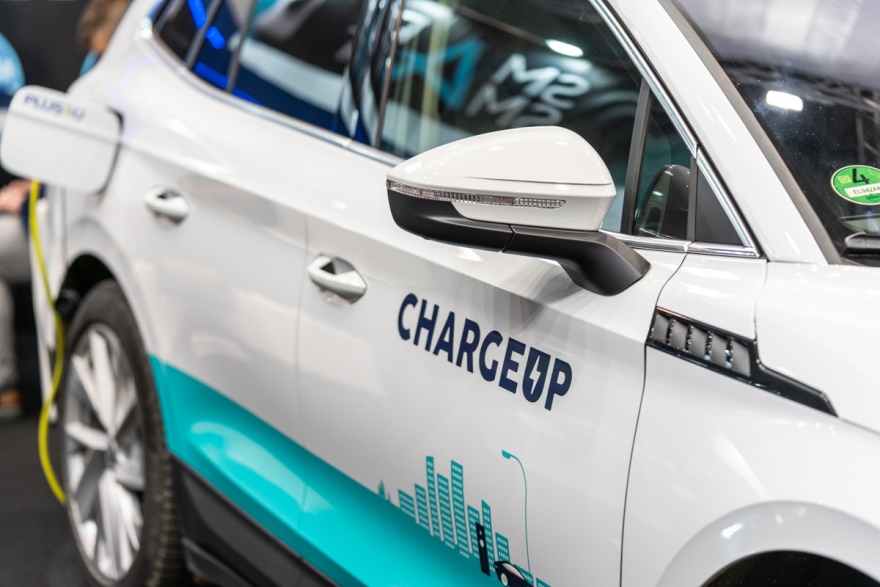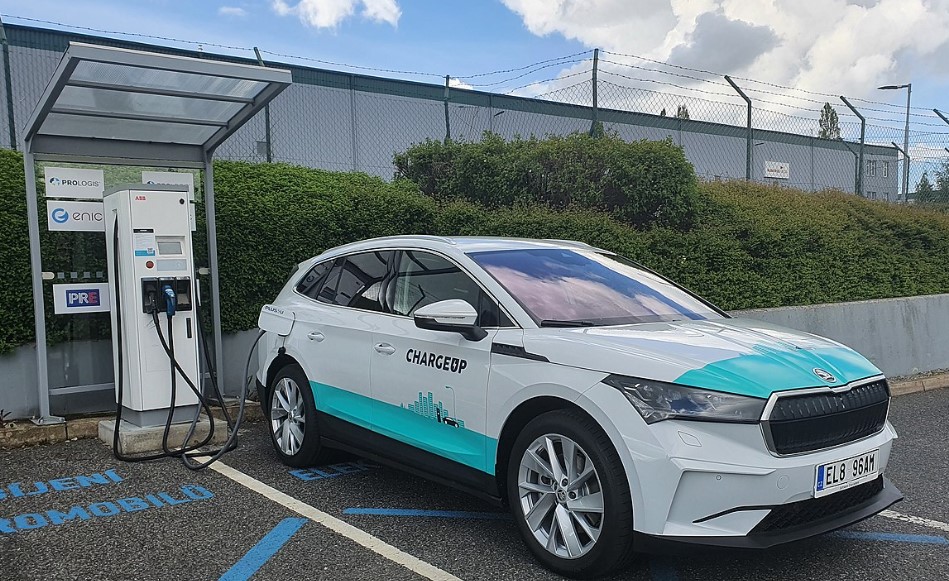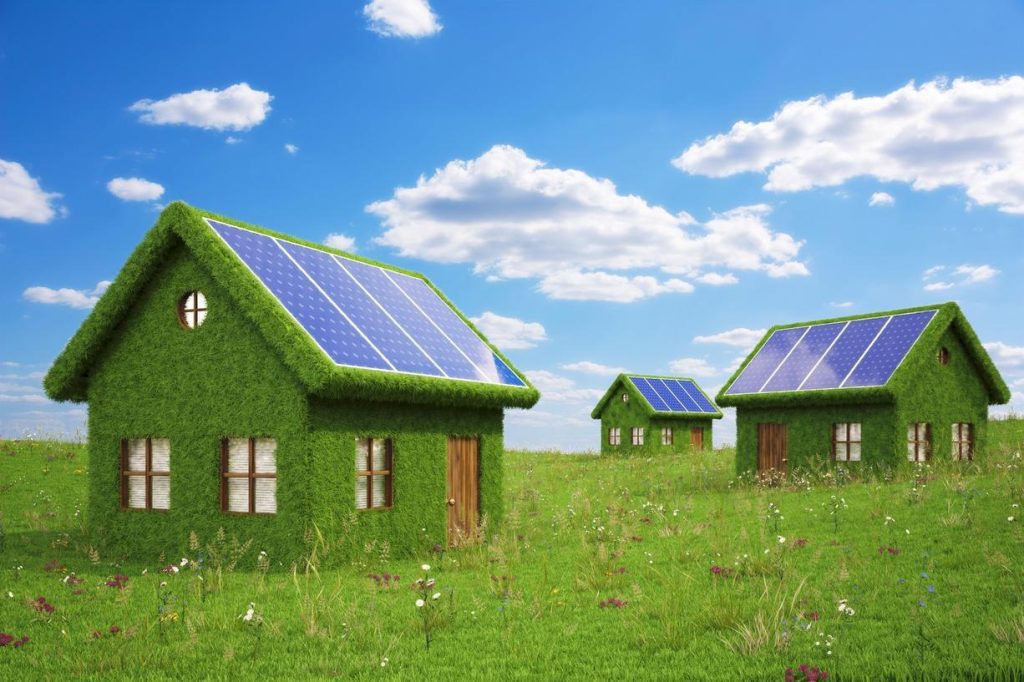The energy industry is changing and decentralisation is its current trend. Shifting electrical energy production from large sources to smaller ones, such as photovoltaic power plants, wind power plants, biogas installations, cogeneration, and others, results in increasing costs for operating distribution and transmission networks.
The networks’ serviceability and reliability are an obvious requirement. Various mechanisms are used to provide stable operation for transmission and distribution networks. Such mechanisms include frequency and non-frequency services for balancing power. In this series, we’ll take a closer look at the options brought by flexibility to the so-called “smart home”.
Generally speaking, energy flexibility in its final form holds the potential to significantly contribute to stabilising energy systems. Not long ago, balancing services were provided primarily by large-scale power plant units. With the rising numbers of smaller, decentral energy sources, especially photovoltaic power plants often supplemented by the accumulation of produced energy into batteries, this potential naturally appears here as well. The aggregation of flexibility can be seen in small, flexible sources grouped into larger units that already facilitate the effective use of flexibility to stabilise energy systems. In addition to the battery storages and electric vehicles already in consideration today, the smart home can also serve as a unit for flexibility aggregation.
The potential of battery storages and electric vehicles, even if they’re not integrated within the smart home, is obvious in the field of flexibility. That’s why we’ll first focus on HVAC, DHW heating, the pool, and other appliances within the context of determining the volume of consumption, its controllability, and its consumption to the overall energy flexibility of the home.
HVAC and DHW heating
From the perspective of flexibility, the problematics of heating, DHW heating with recirculation, cooling, and mechanical ventilation are a non-trivial area. The spectrum of systems and sources for heating, cooling, and mechanical ventilation is vast. Within a given system, one or more technologies may be in place, each with multiple heat or cold sources and its own level of control, temperature regulation, and air quality at room level. In a standard home, it’s typical for heating, cooling, and mechanical ventilation to be independent of one another, with their own control systems, and the temperatures are not regulated by zone; the controls are usually based on a time schedule. More efficient operation can be achieved by supplementing the superior smart home management, allowing the technologies to start responding to the home’s operating modes, the users’ presence, the current weather, lighting, and their forecasts, in addition to the preset time schedule. Also, there’s the option to make use of shading technology’s synergetic effect when combined with heating and cooling.
The flexibility of heating, cooling, and DHW heating is impacted by the volume of the installed accumulating tank for heating, cooling, and DHW, the thermal inertia and stability of the building, and the heating requirements in the rooms for which user adjustable tolerances may be considered. Its own supply of heat or cold to the rooms can be flexibly reduced or increased. The source of heat or cold, when combined with accumulation, can provide flexible consumption. Aside from the tech, flexible energy is dependent on the thermal properties of the home, the detailed description of which is beyond this article (a model of the building, machine learning, MPC, and other fields).

Heat accumulation
For flexibility bound to the supply of heat, one must also consider the influence of the so-called “rebound effect”, where the heat supply is reduced in a specific time interval, resulting in compensation in the form of an increased need for supply at a later time interval and vice versa. It’s simpler to primarily limit the flexibility of the storage container for heat (or cold), where a temperature changes of 1 m3 of water by 1°C corresponds to 1.2 kWh of thermal energy. By using a heat pump with COP = 3, the volume of flexible consumption is reduced to 0.4 kWh/m3. The potential of flexible consumption linked to water heating can reach units within the lower tens of kWh.
Battery storage
Battery storages, largely installed today alongside PV plants, are an important source of flexibility and are primarily intended for it. In cases where higher consumption is necessary, they can charge and vice versa. A BES can include its own EMS, which can manage the battery charging and depletion in combination with the PV plant. By integrating it into a smart home, additional benefits of superior management can be acquired, when the BES usage strategy can be changed depending on the home’s operating modes. Examples include a battery’s varied uses during a holiday period, an expected absence, before and during a scheduled supply outage from the distribution network, or depending on the weather forecast. A smart home can react, for instance, to a network outage or the BES charging status with certain technologies’ and appliances’ energy-saving modes.
To a certain extent, a battery can balance the mismatch between production and consumption in time. Its capacity doesn’t always need to be utilised in full. With an appropriate BES state-of-charge management strategy, the amount of flexibility on the consumption or supply side can be adapted to different needs. With a usable storage capacity of 10 kWh, as much as 10 kWh of flexible energy can be available for supply or consumption, depending on the state of charge.

Electric vehicle
Alongside battery storage, electric vehicles hold great potential flexibility. Depending on the capability of two-way charging (V2H, V2G), flexible consumption or even the possibility of flexible supply are available, the volume of which will be smaller per the need to charge the electric car. This marks a significant amount of energy flexibility, with accumulator capacities typically in the tens of kWh. Its flexibility’s availability in time, however, depends on the electric vehicle’s current connection to the charging station.
Charging an electric car is usually initiated after it’s connected to the charging station and the output regulation takes into account its further consumption so as not to surpass the reserved input power. Standard practice allows the vehicle to charge for a period shorter than it’s connected to the charging station. The result is flexible consumption created and distributed in time, limited by the specifics of the charging and the operation of the electric car (user access to scheduling, the requirement to conclude charging, the minimum charge start, and the charging box parameters). By integrating it into the smart home system, the total volume of flexible energy increases, as does its application within the context of other devices and tech within the home.
Pool
Pools are ordinarily equipped with water-treatment technology and may be supplemented with a water heater. The pool tech is operational approx. 4-8 hours per day, usually depending on a firm time schedule set by the user. By integrating it into the smart home system, variable operation becomes available, which can take into account the home’s various operating modes, the water temperature, or an individual’s presence while still meeting the minimum operating time requirement. As a general rule, water heating is managed according to the difference between the desired and current temperatures of the pool and with hysteresis switching. Its integration into the smart home can be realised with different management modes; for instance, the volume of flexible energy can be increased by reducing the demands for comfort.
For a given day, the consumption of pool tech is firmly provided and distribution is flexible in time. During the mentioned operating period and depending on the pump performance, it’s possible for a volume of energy of approx. 2.5-6 kWh of flexible consumption per day. In addition, the heated pool has a significant potential for flexible consumption. To heat 36 m3 (6 x 4 x 1.5 m) of water by 1°C, 42.6 kWh of heating energy is needed, which, when using a heat pump with COP = 5, corresponds to 8.5 kWh of flexible consumption electricity. Keeping the pool water temperature within a certain temperature range can further increase the flexibility potential.

Appliances
More and more often, home appliances fall into the category of IoT and can be integrated into a smart home. For flexible operation, an appliance should provide basic information on the set program, including the estimated energy consumption, the desired latest program end time, and a status indication regarding the program’s readiness to be launched. The smart home can then launch the appliance’s program at the optimal time and maintain the parameters set by the user.
Operating appliances in the method mentioned above is possible to a certain extent for washing machines, driers, and dishwashers. Ad-hoc flexibility is created with a limited amount of energy and bound to a certain time interval according to the user’s preference. Modern appliances within the A category are characterised by having low energy requirements (washing machines or dishwashers use 0.5 kWh/cycle, dryers 1 kWh/cycle), meaning the volume of flexible consumption is not significant. However, operation is non-flexible for other appliances such as the refrigerator, cooking plate, or oven.
About the author
Martin Hatka has dedicated many years to the problematics of smart homes and the efficiency of using energy in our modern ‘smart’ age. He works as a senior consultant in energetics at Unicorn, where he’s currently focusing on the topic of energy flexibility. The functionality of a smart home and the potential flexibility within it can also be applied to larger buildings or complexes with significant potential for flexibility that can be used directly or aggregated into larger volumes. Unicorn provides the Flexigy family of products within the flexibility industry, and Martin is part of the team developing Flexigy.


